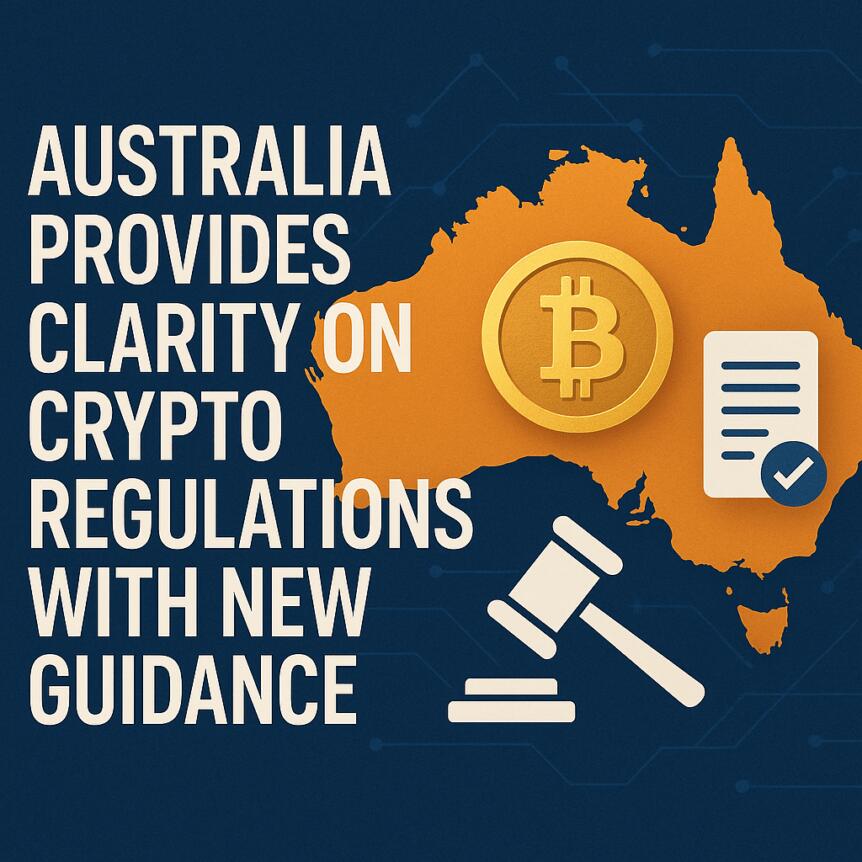Australia’s financial regulator has taken a step towards providing clarity on the evolving digital asset landscape with updated guidance. This is welcomed by many industry insiders as a move towards greater clarity. However, concerns remain about the speed of license approvals and the logistical hurdles that still need to be overcome to implement these new standards.
- ASIC has updated its guidance on digital assets to clarify which tokens are classified as financial instruments.
- Bitcoin, NFTs and tokenized tickets will likely not be considered financial instruments under the new regulations.
- Stablecoins, wrapped tokens, and digital asset wallets are considered financial instruments and are subject to licensing requirements.
- The industry highlights the need for practical solutions and points out potential bottlenecks in licensing processing.
- Long-awaited clarity provides the foundation, but resource constraints make timely implementation difficult.
The Australian Securities and Investments Commission (ASIC) has published an updated set of guidance for Australia’s fast-growing digital asset sector, aiming to strike a balance between promoting innovation and protecting investors. The move comes ahead of a broader legislative overhaul planned for the cryptocurrency market, which will center around licensing and registration protocols.
Bitcoin is not a financial product
According to John Bassilios, a seasoned cryptocurrency attorney and partner at Hall & Wilcox, the new guidance makes it clear that most tokens, such as Bitcoin, gaming NFTs, and tokenized concert tickets, are unlikely to be construed as financial instruments.
“If an exchange only trades Bitcoin, there is generally no need to apply for a license under these guidelines,” he explained.
However, ASIC’s updated guidance clearly states that certain digital assets, such as stablecoins, wrapped tokens, security tokens and digital wallets, are classified as financial instruments with licensing obligations attached.
This classification can be extended to yielding stablecoins, tokenized real estate, bonds, and staking as a service, especially when certain restrictions such as minimum balances or lock-up periods are involved.
ASIC also announced that it would, in principle, provide regulatory relief for some stablecoin and wrapped token providers to ease the transition as the new framework comes into effect.
The guidance provides clarity, but structural bottlenecks remain.
Steve Vallas, CEO of blockchain consultancy Blockchain APAC, emphasized that while the guidance provides much-needed clarity, its implementation will require close coordination across policy, legal and industry sectors.
“ASIC has operationalized policy ahead of formal legal reform, providing short-term certainty while also exposing the extent to which interpretive work is replacing legislation,” he said.

Nonetheless, according to Vallas, the real challenge lies in the operational rollout, with the potential for bottlenecks that could impede progress, including limited local expertise, banking access and insurance capacity. Without a practical solution, compliance issues can turn from legal to logistical.
Industry acceptance and cautious optimism
Amy-Rose Goodey, CEO of the Digital Economy Council of Australia, welcomed the guidance as a long-overdue step towards regulatory clarity.
“This provides important insight into ASIC’s position and how it plans to deal with digital asset business, which has been unclear until now,” she said.
But she also expressed concerns about the resources available to ASIC and questioned whether the regulator would be able to process the influx of license applications quickly enough to support the sector’s growth.
Australian businesses are currently in a transition phase where they are adjusting their operations and licensing strategies in response to the new regulations. The government has proposed a comprehensive framework to regulate cryptocurrency exchanges and service providers under existing financial laws and is reviewing draft legislation.

